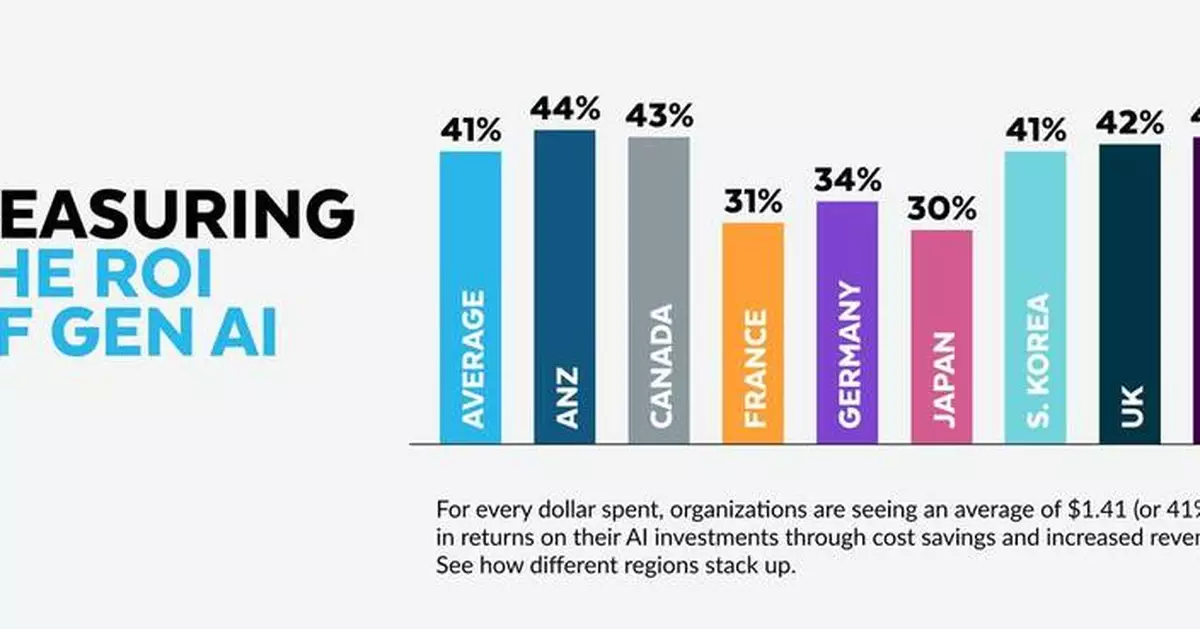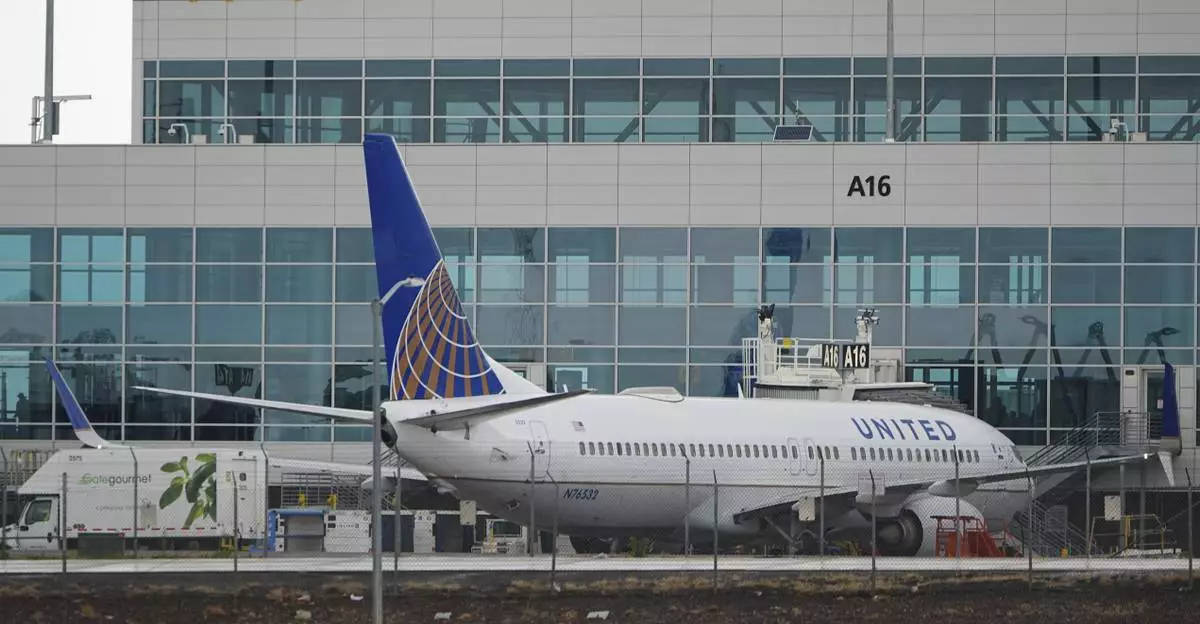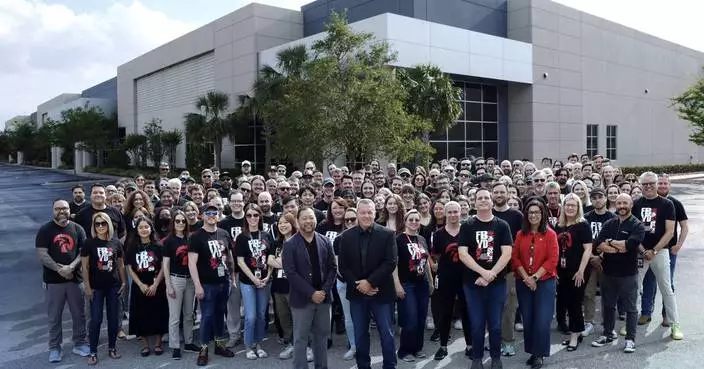No-Headquarters/BOZEMAN, Mont.--(BUSINESS WIRE)--Apr 15, 2025--
Snowflake (NYSE: SNOW), the AI Data Cloud company, in collaboration with Enterprise Strategy Group, today released the “ Radical ROI of Generative AI,” a global research report surveying 1,900 business and IT leaders across nine different countries — all of whom are actively using AI for one or more use cases. Of all respondents, 92% reported that their AI investments are already paying for themselves, and 98% plan to invest more on AI in 2025. As AI adoption accelerates across global enterprises, a robust data foundation has emerged as the cornerstone of successful implementation, yet respondents are still grappling with how to make their data AI-ready.
This press release features multimedia. View the full release here: https://www.businesswire.com/news/home/20250415196007/en/
“I’ve spent almost two decades of my career developing AI, and we’ve finally reached the tipping point where AI is creating real, tangible value for enterprises across the globe,” said Baris Gultekin, Head of AI, Snowflake. “With over 4,000 customers using Snowflake for AI and ML on a weekly basis, I routinely see the outsized impact these tools have in driving greater efficiency and productivity for teams, and democratizing data insights across entire organizations.”
Businesses Report Varying Levels of AI Success Across the Globe
Early AI investments are proving to be successful for the majority of enterprises, with 93% indicating that their AI initiatives have been very or mostly successful. In fact, two-thirds of respondents are already starting to quantify their generative AI ROI today, finding that for every dollar spent, they are seeing $1.41 in returns (or 41% ROI) through cost savings and increased revenue.
However, there are global nuances around where organizations are focusing their AI efforts that directly correlate to each country's AI maturity, and their results in terms of driving ROI across regions:
Organizations Face Increased Pressure to Select the Right Use Cases
Despite almost all respondents reporting success with their AI initiatives to-date, many organizations are grappling with difficult decisions to build on the momentum. Amid a sea of opportunities to implement AI within their businesses, respondents reported challenges with identifying the most impactful use cases and increased pressure to make the right decisions — all while grappling with limited resources:
Overcoming Data Barriers to Maximize AI Effectiveness
Organizations are increasingly incorporating their proprietary data to maximize AI’s effectiveness, with 80% of respondents choosing to fine-tune models with their own data. Despite this widespread recognition of data's importance — with 71% of respondents acknowledging that effective model training and fine-tuning requires multi-terabytes of data — significant challenges persist in making this data AI-ready. With the majority struggling to make use of their most valuable asset, organizations claim that the following are the biggest data hurdles for driving AI success:
There is a significant opportunity for businesses to overcome these challenges and unlock the full potential of their data for more accurate, relevant, and impactful AI outcomes with a unified data platform.
"The rapid pace of AI is only accelerating the need for organizations to consolidate all of their data in a well-governed fashion," said Artin Avanes, Head of Core Data Platform, Snowflake. "Having an easy, connected, and trusted data platform like Snowflake is imperative not just for helping users see faster returns on their data investments, but it lays the foundation for users to easily scale their AI apps in a compliant and secure manner — without requiring specialized or hard to find technical skills. A managed, interoperable data platform provides seamless business continuity as global enterprises tap into their entire data estate to lead in the evolving AI landscape.”
Learn More:
Methodology
Researchers from Enterprise Strategy Group identified, and conducted deeper research between Nov. 21, 2024, to Jan. 10, 2025, with early adopter organizations — those already augmenting and executing business processes in production, using commercial and open-source models rather than consumer-grade, subscription software such as ChatGPT. Of 3,324 respondents, 1,900 (57%) said they are using commercial or open source generative AI solutions. Additional details around methodology can be found within the report.
About Snowflake
Snowflake makes enterprise AI easy, efficient and trusted. More than 11,000 companies around the globe, including hundreds of the world’s largest, use Snowflake’s AI Data Cloud to share data, build applications, and power their business with AI. The era of enterprise AI is here. Learn more at snowflake.com (NYSE: SNOW).


Measuring the ROI of AI


















































